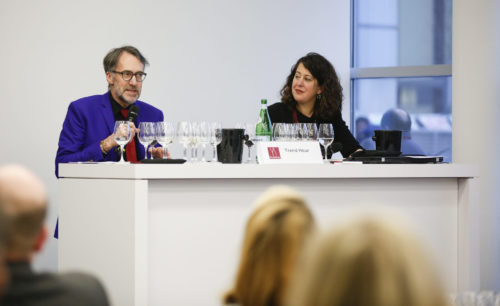It also works without glass: Bag-in-Box & other alternatives
Planet Wine is on the cusp of a packaging revolution. The idea that good wine comes in a glass bottle with a cork used to go without saying. Beginning in 2000 in the Clare Valley of South Australia, however, the use of screw caps rapidly became the norm for numerous categories of wine. Recent years saw the quiet introduction of light-glass bottles, often unnoticed by consumers. Now bag-in-box and other non-glass packaging are looking set for near-future expansion on a screw-cap type scale. ProWein, the world’s largest and most important trade fair for wine and spirits, from 19 to 23 March 2023, is the ideal opportunity to find out about the latest packaging trends.
Why the wine packaging rethink now? For the same reason the switch to renewable energy was accelerated by the war in Ukraine. Producing glass bottles is energy-intensive, so the rising cost of energy has increased the cost of glass wine bottles by 30 Percent to over 100 Percent depending on country. And that’s if there is any availability! The war has also resulted in a major bottle shortage. Exacerbating the problem, many wine producers have taken to hamstering away as much as a full year’s supply of glass. Suddenly, the glass bottle isn’t only a problem because it accounts for a large percentage of a wine producer’s carbon footprint, but also because it now creates a stack of cost and logistical problems.
3-litre bag-in-box reduces CO2 footprint by 84 Percent
When it comes to alternative wine packaging California is pushing the envelope. In moving his 3 entry level wines into bag-in-box, Tablas Creek winemaker Jason Haas in Paso Robles benefitted the consumer as well as the environment “Compared to the packaging required to put wine into four standard 750 ml glass bottles, the carbon footprint of the 3 liter bag-in-box package is 84 Percent less, and the carbon footprint of distributing that package is 60 Percent less.” Additionally, wine in a partially consumed bag-in-box keeps fresh much longer than in an opened glass bottle, plus the package is more compact and lighter in weight. For consumers there’s also a price saving of 15 Percent. Welcome to 21st century wine economics and ergonomics!
The global wine industry’s main argument against rethinking wine packaging has historically been consumer resistance. However, Haas found his own experience to be very different: “The public is more than open they’ve ever been to alternative packaging. The first hurdle, which I assumed would be the biggest one, turned out to be no big deal.” According to Haas, progress would be faster if there was a mobile bag-in-box filler in California, as there already is in Oregon.
Bag-in-box wine is already well established in Scandinavia with high-end German producers like VDP members Dönnhoff (Nahe), Maximin Grünhaus (Mosel), Leitz (Rheingau) and vendors like MEJS – Weinspezialisten (Bergzabern) already on board. Although largely ignored by the media, the range of German wine available in bag-in-box has recently expended as major online retailers like Jacques Weindepot and Rindchen’s Weinkontor have recognized the advantages and a growing market niche. The main suppliers are France and Italy with a wide range of price points and sizes (up to 10 liters). The new format 3-liter bag-in-box is narrow enough to fit in the fridge door, resulting in a larger side area, which has started inspiring package designers.
The 1.5 liter wine pouch – basically the bag without a box around it – is also starting to gain traction in Europe. Wildmark, a joint venture of Katharina Wechsler and Kai Schätzel in Westhofen/Rheinhessen, recently launched an Unfiltered Organic Riesling and an Unfiltered Organic Rosé in this format and Reiner Flick of Weingut Flick in Flörsheim am Main/Rheingau is set to follow shortly. Here there is a roughly 90Percent reduction in the carbon footprint compared with two 75cl glass bottles.
Other alternatives: stainless steel kegs, PET bottles
The move from glass bottles to bag-in-box is actually just the tip of the alternative wine packaging iceberg. During the last couple of years there has been huge growth in wine and wine-based beverages in recyclable aluminum cans in America. Alternatively, much of Europe has chosen to instead embrace wine in stainless steel kegs for on-premise wines by-the-glass sales. Miguel Torres Chile recently introduced its Rio Claro Organic Carmenère red in the Packamama rPET bottle to the Systembolaget Swedish alcohol monopoly. This a flat bottle made from 100 Percent recycled PET, that’s also designed to be recycled. None of this is fundamentally new technology, but it does have to do with a new and much needed openness to alternatives. And both producers and retailers have only just begun to play the ecological and climate change cards in their marketing.

